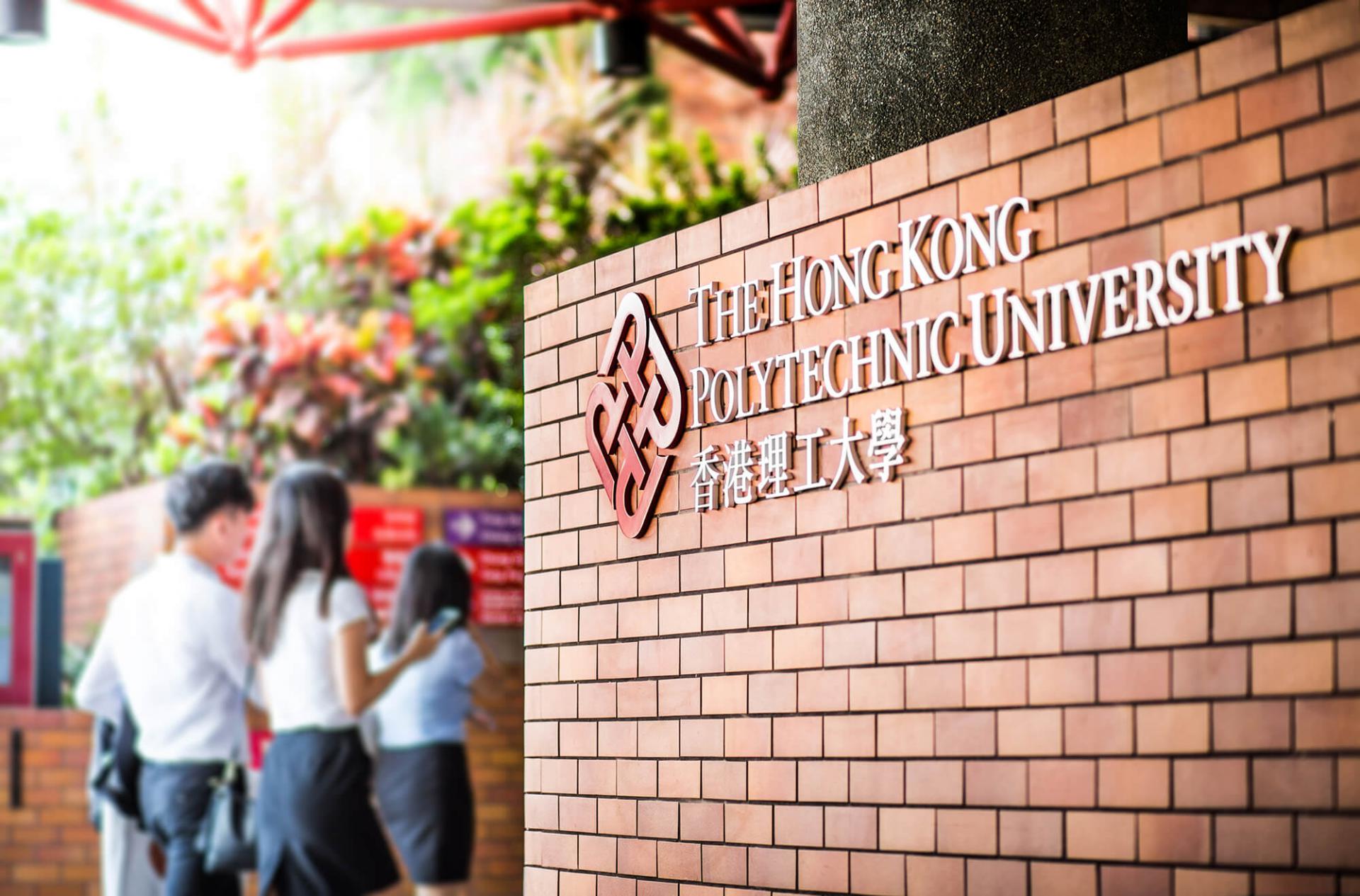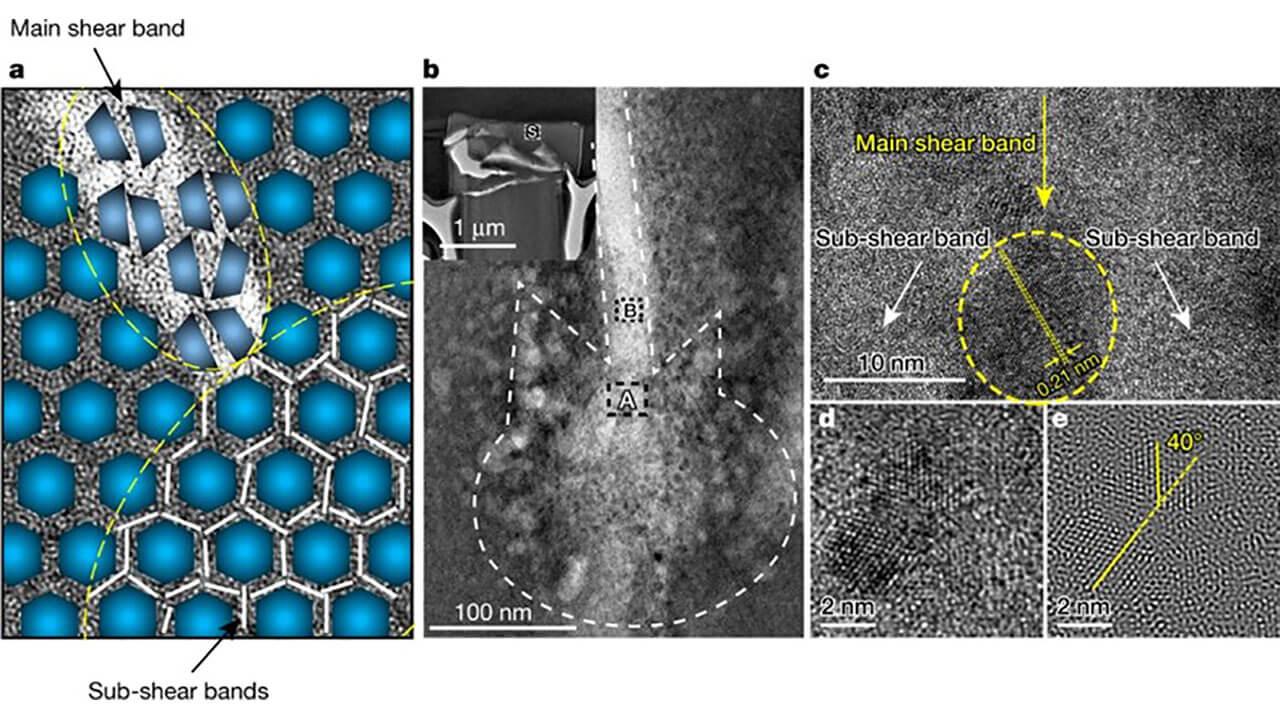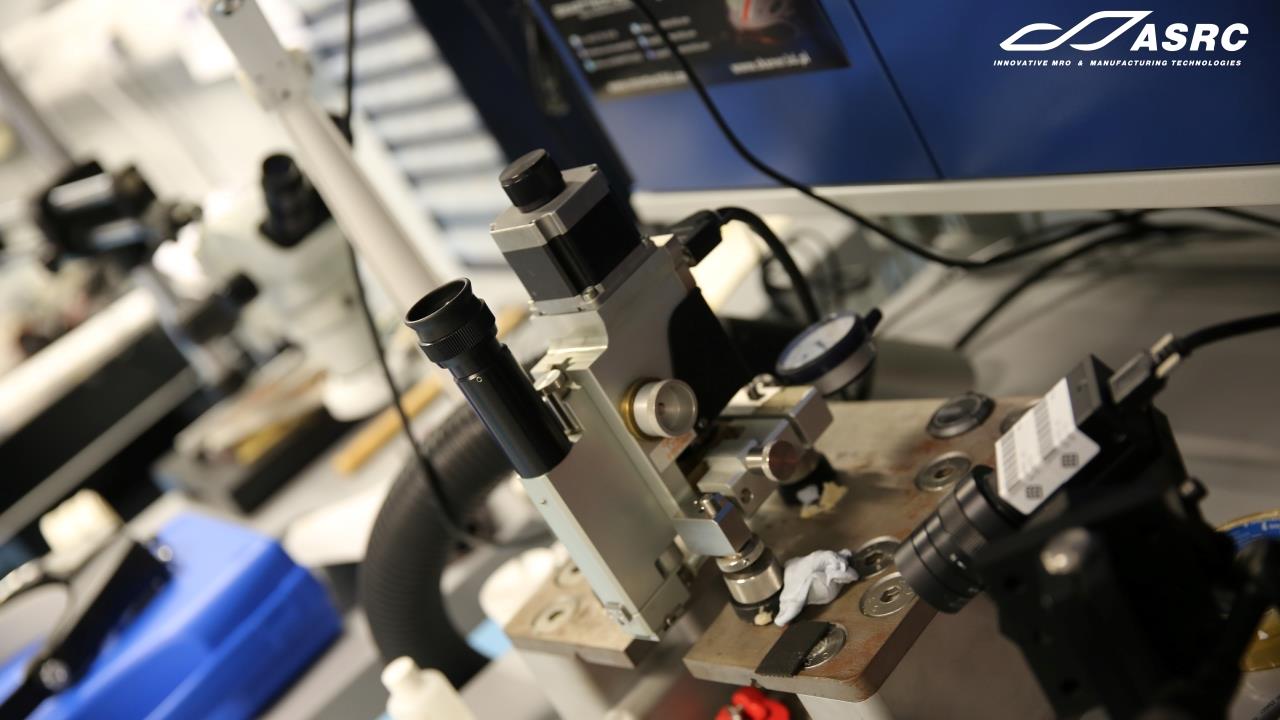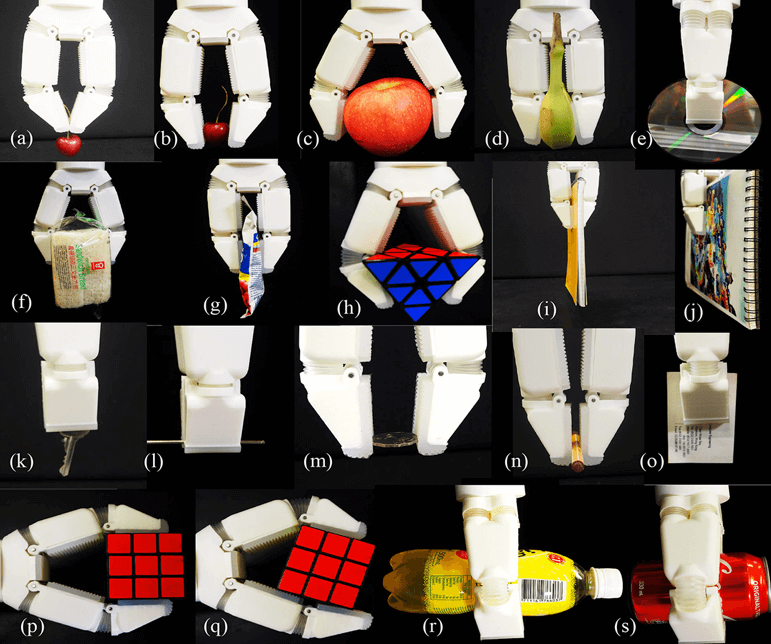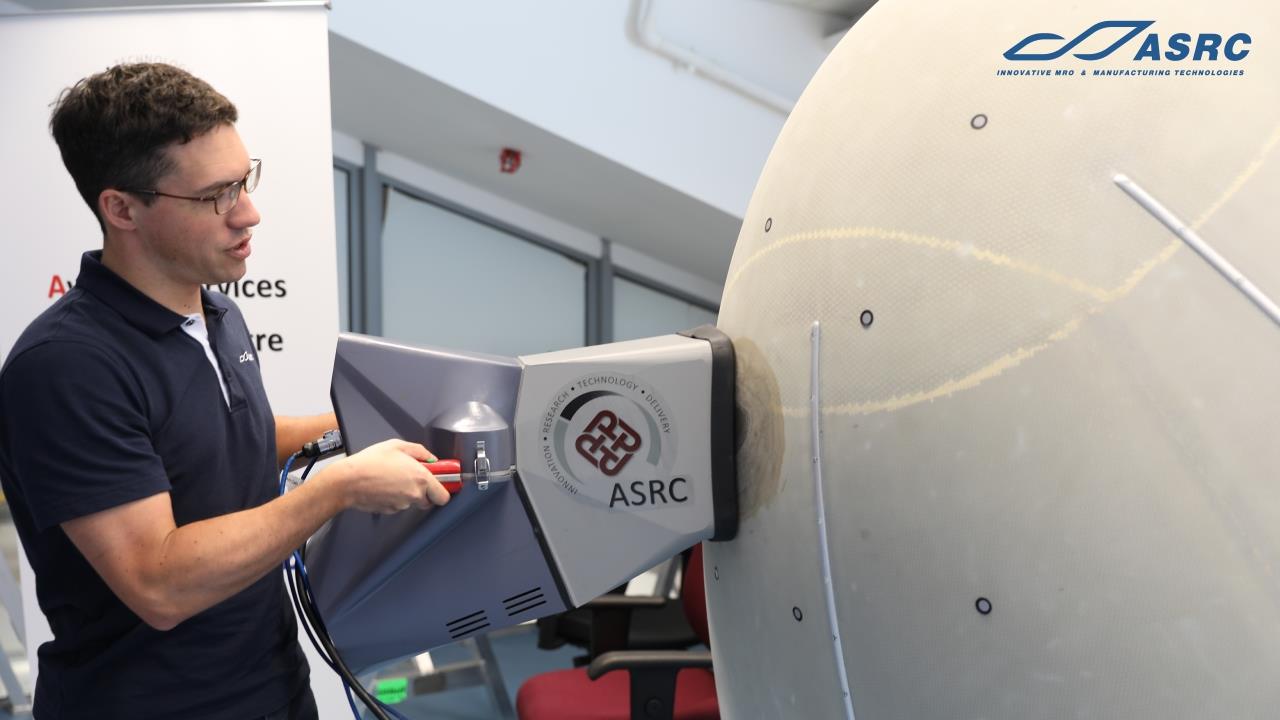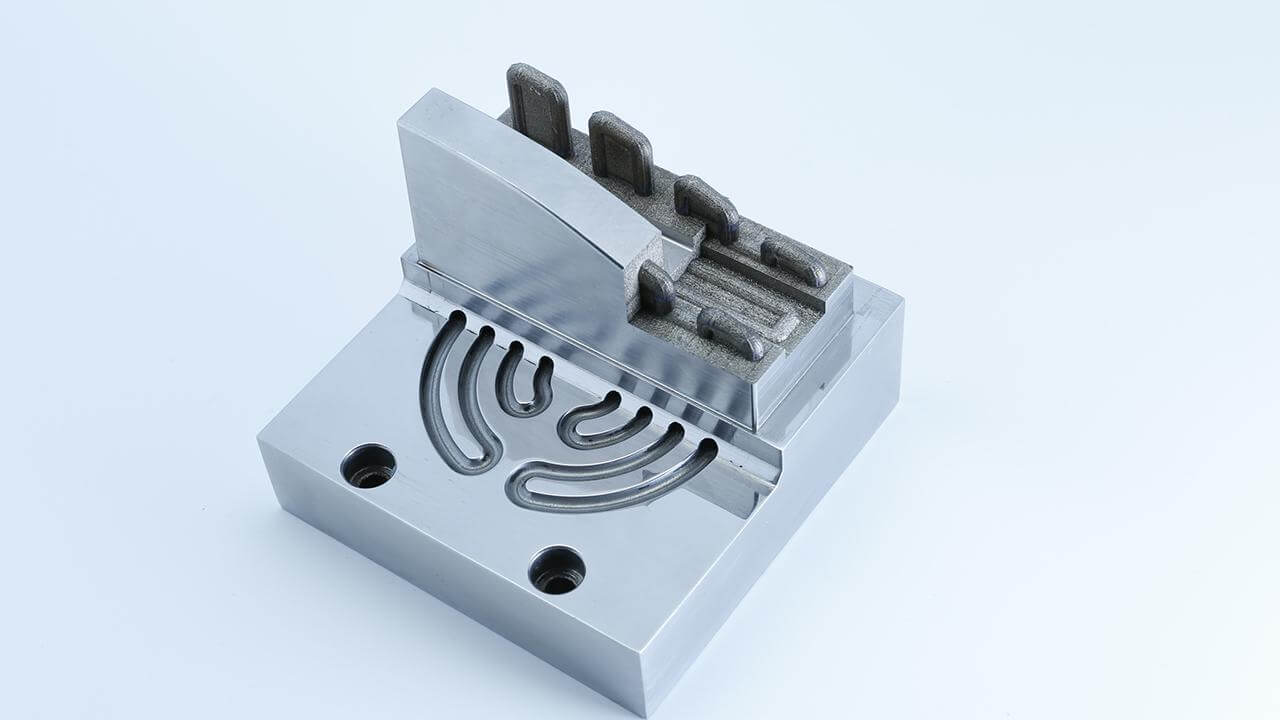
Automated Non-Destructive Inspection (NDI) and Scarfing of Composite Components
The PolyU Aviation Research Centre (ASRC) has developed an automated NDI and scarfing system for composite components which works in two steps. First, a scanning system identifies the defects to obtain a model of the defect that includes the direction of each ply. The component is then scarfed automatically to prepare the area where the repair patch will be applied.
When a composite component is damaged, the exact area and depth of damage must be identified. After this, the damage must be removed very carefully and sufficient plies of the composite material must be retained. The damaged area must be removed with a taper. This is very time-consuming and requires a lot of craftmanship.
- The damaged area is scanned using a Dolphicam 3D scanner to establish exactly how wide the repair patch needs to be. The repair area is modelled using CAD software to automate the subsequent steps of the repair process.
- An Optical Coherence Tomography (OCT) camera determines the number of plies, the thickness of each ply, and the direction of the fibres in each ply of the composite material. All this information is very useful for preparing a repair patch which will fit the area exactly.
- Damaged plies are removed automatically by a spindle mounted on a hexapod robot for high precision material removal, achieving a tolerance as small as 0.03 mm. The area for scarfing is prepared with the correct taper ratio, which typically ranges between 20 and 30, but can be up to 50 in some cases.
- The fully automated process ensures that data is gathered about the damaged area, the repair area is prepared with very precise tolerances, and the necessary information about the repair patch size is available. This information allows for repairs to be consistent, safe, and long-lasting. Data is kept for any further analysis.
- All steps of damage identification, direction of plies, damage removal, and preparation of the scarfed area are achieved in a single cell. This fully automated process is controlled by the ASRC software, reducing the cost of repair, and making it more cost-effective to repair composite components.
- The process lead-time is reduced. Instead of having to remove material very carefully by manual operation, this is achieved by a fast-spinning spindle. This ensures that the scarfed surface is very smooth, exactly the right size, and ready for patch application.
- The process of material removal generates fine dust that can be harmful to the operator. However, this system is enclosed in a single cell, reducing the risk of exposure to harmful dust particles. A vacuum is turned on during the material removal operation. At the end of the process, the operator safely retrieves the component.
- Repair of composite components (glass fibre and carbon fibre)
With over 80 years of proud tradition and ranking among the world’s top 100 institutions, The Hong Kong Polytechnic University (PolyU) aspires to be a leading university with world-class research and education.
PolyU is a home for educating thinkers, discoverers, innovators and communicators in delivering positive impact. We are committed to nurturing tomorrow’s leaders today, through a holistic education that provides graduates unrivaled placements to thrive in communities, industries and businesses.
